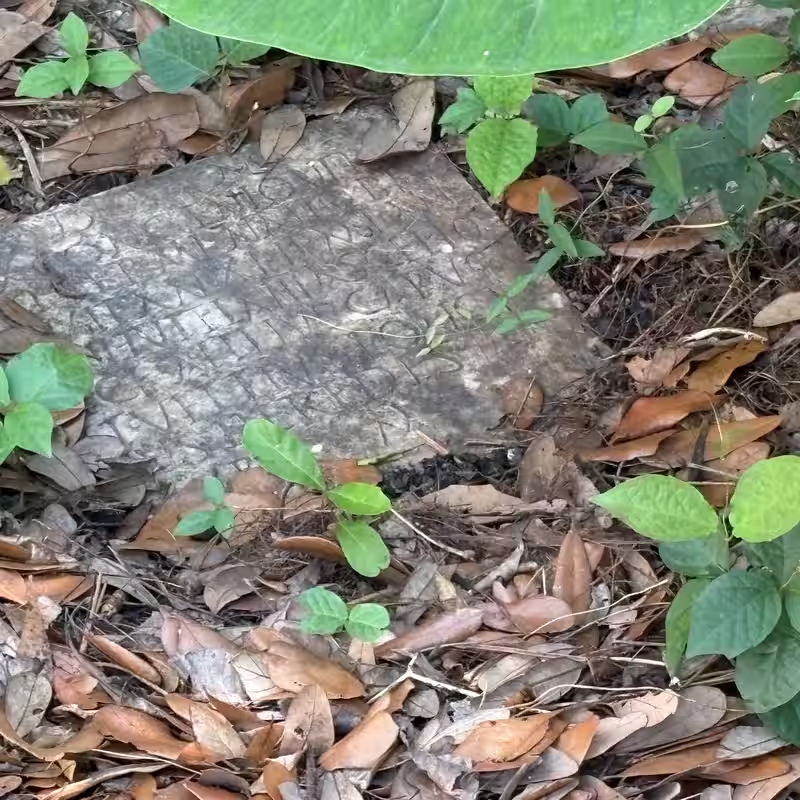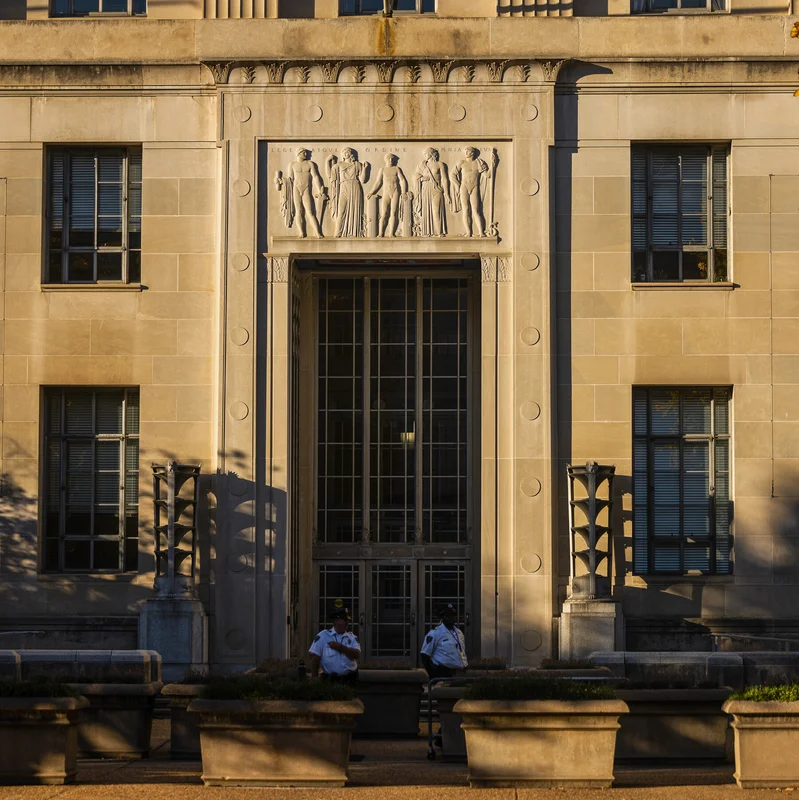Table of Contents
- A Backyard Discovery That Stunned Experts
- Who Was Sextus Congenius Verus?
- How Did a Roman Artifact End Up in Louisiana?
- The WWII Connection
- Will the Gravestone Return to Italy?
- Sources
A Backyard Discovery That Stunned Experts
While clearing vines from their New Orleans backyard in March 2025, anthropologist Daniella Santoro and her husband Aaron Lorenz stumbled upon something extraordinary: a weathered marble slab covered in Latin script. At first glance, it looked like an old decorative piece—but it turned out to be a 2,000-year-old Roman gravestone.

“I was just so flabbergasted,” Santoro recalled. “How did it get here?”
Her suspicion was quickly confirmed by Dr. Susann Lusnia, a classical studies professor at Tulane University, who identified the stone as a genuine Roman funerary inscription—likely from the second century A.D.
Who Was Sextus Congenius Verus?
The Roman gravestone honors a man named Sextus Congenius Verus, a sailor and soldier who served 22 years in the Roman military before dying at age 42. The inscription reads: “To the spirits of the dead for Sextus Congenius Verus,” and notes it was erected by his heirs.
According to experts, Verus was likely part of the classiarii—Roman naval personnel stationed at Centumcellae (modern-day Civitavecchia, Italy), a major imperial port near Rome. His epitaph is one of several found in a Roman cemetery there in 1864.
How Did a Roman Artifact End Up in Louisiana?
For decades, the stone vanished from public records after being housed in Civitavecchia’s municipal library and later the Museo Civico. The museum was largely destroyed during Allied bombing in World War II—and the gravestone seemingly disappeared.
Then, in a twist worthy of an archaeological thriller, it resurfaced in a leafy New Orleans backyard.
The WWII Connection
In October 2025, a local woman came forward to the Preservation Resource Center of New Orleans, revealing she had placed the stone in that yard over 20 years ago. She said it had been inherited from her grandparents, who kept it in a display case.
Her grandfather, a U.S. soldier stationed in Italy during WWII, likely brought the artifact home as a wartime souvenir—a common, though now illegal, practice. “After the war, soldiers often took small antiquities as mementos,” explained Dr. D. Ryan Gray, an anthropologist at the University of New Orleans. “This opens a window into postwar collecting habits we’re only now fully understanding.”
Will the Gravestone Return to Italy?
Italian authorities are already mobilizing. Lara Anniboletti, director of the National Archaeological Museum of Civitavecchia, confirmed the artifact matches records from their collection and expressed hope for its return.
“Thanks to the joint efforts of the FBI and the Italian Carabinieri Command for the Protection of Cultural Heritage, the inscription found in New Orleans will also be returned and displayed in the new museum halls,” she said in a statement.
Though the U.S. government shutdown delayed an official FBI response, cultural repatriation cases like this are typically resolved diplomatically—especially when ownership is well-documented, as it is here.
Why This Matters
Beyond the mystery, the Roman gravestone reminds us how deeply personal ancient artifacts are. “To be remembered is to exist beyond your regular lifetime,” said Professor Lusnia. “In that sense, Sextus Congenius Verus is still very much alive—in New Orleans, of all places.”



